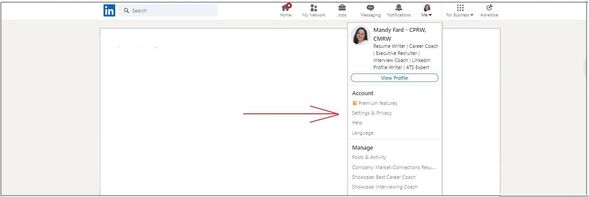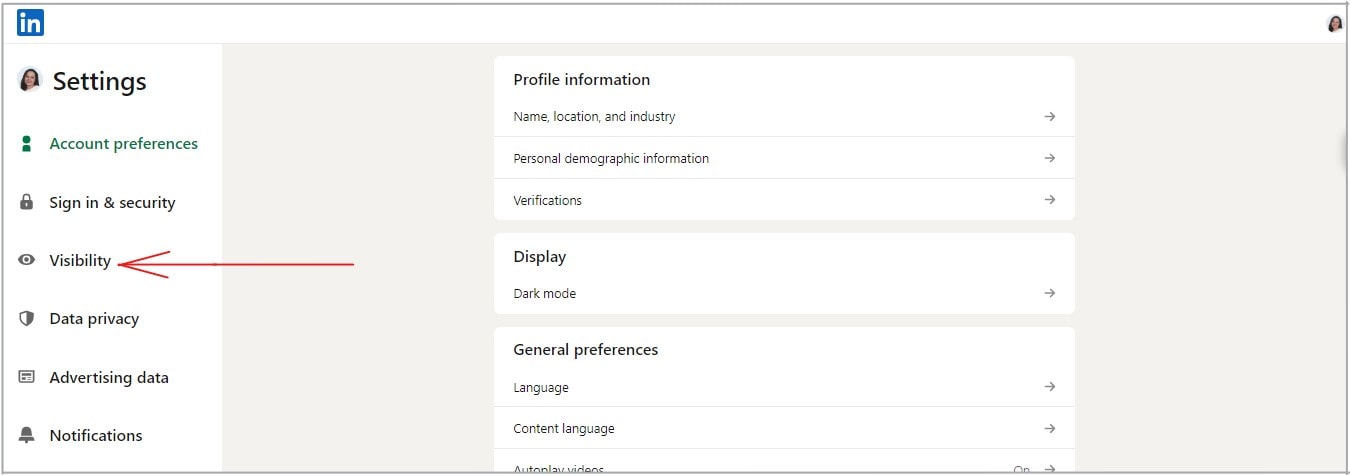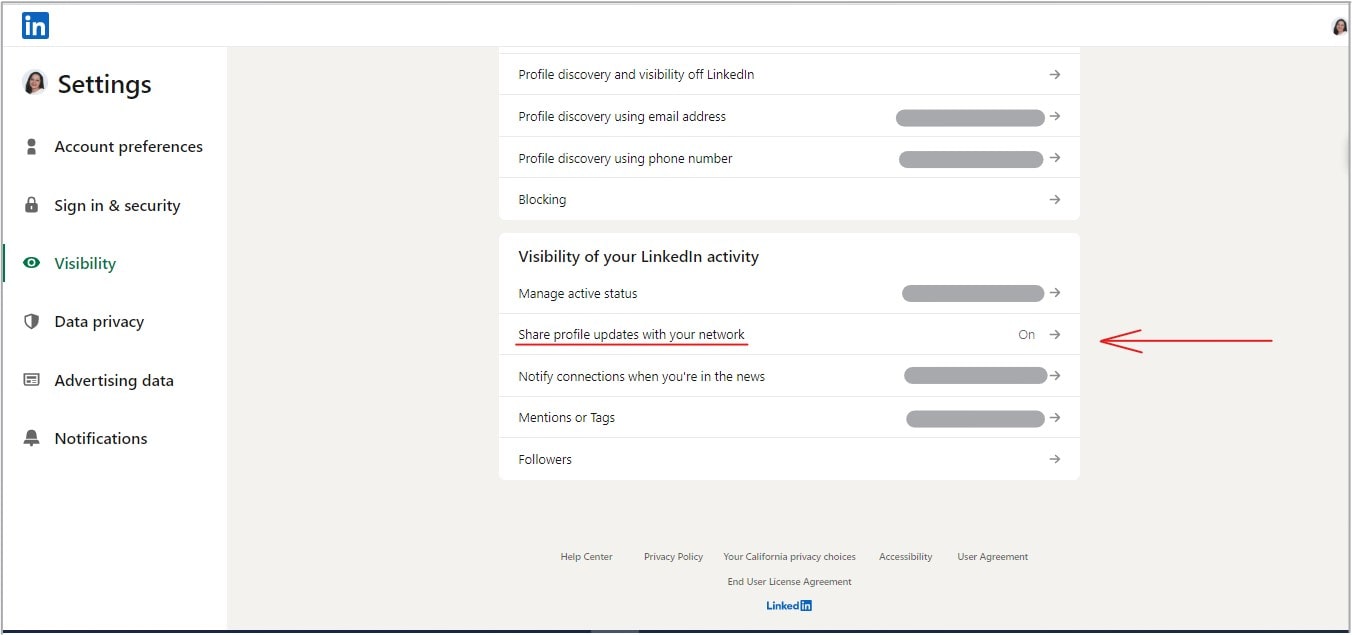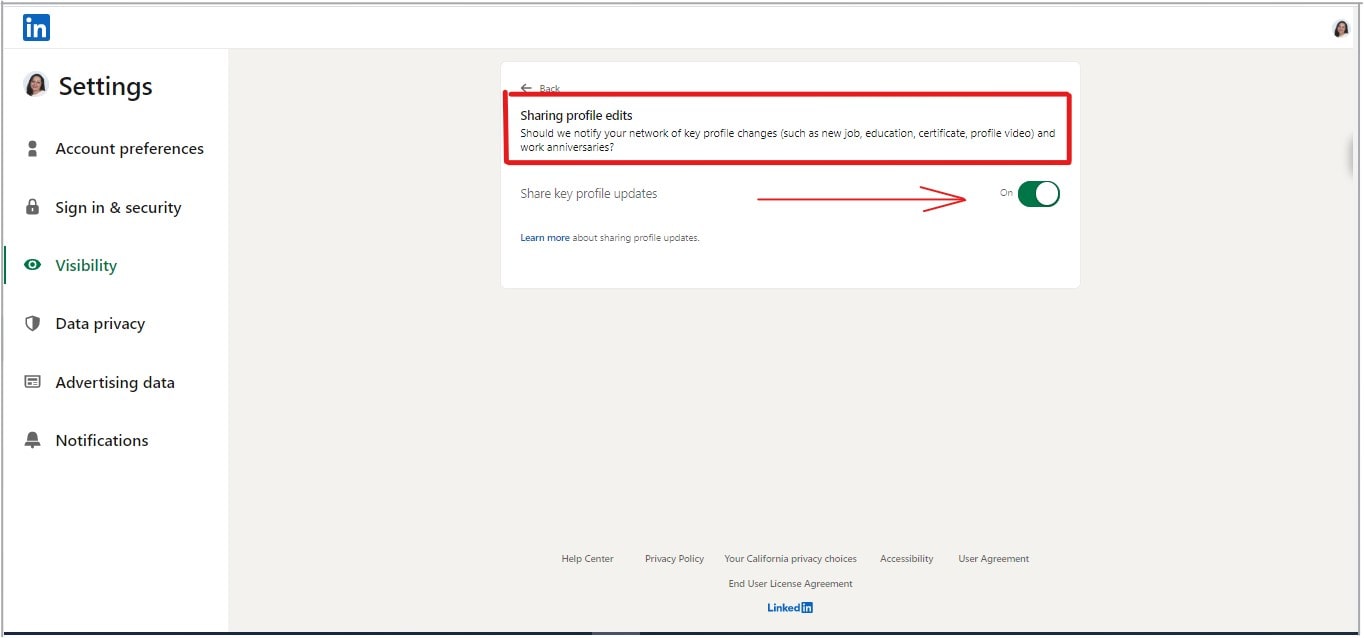Network Your Way to Your Next JobLeveraging your professional and personal connections can be an effective strategy for securing your next job. The conventional yet reliable approach of networking remains the most successful way to land your dream position. As per Jobvite’s 2022 Job Seeker Nation Survey, a majority of job seekers (46%) discover job openings through their friends and acquaintances, while professional connections (25%) also play a crucial role in the job search process. Research consistently identifies networking as an important job search tool — anywhere from 40-80% of job placements are attributed to networking. When networking, it’s also important to also learn how to access the hidden job market. The “hidden job market” refers to jobs that are not advertised publicly. These positions may be filled through employee referrals, recruiters, or direct contact with hiring managers through networking.) With the right experience and credentials to meet a company’s need, you may even have a job created just for you. It happens all the time. Someone in your network says, “You know what? You should talk to John Jones at the XYZ Company. They’re looking for someone like you.” This guide will help you identify who is in your network and how to use these connections to find your next job. Build Your Network Before You Need ItThe single biggest mistake most job searchers make is not asking for help from their network. People want to help you — so let them! But don’t wait until you’re out of work to start developing relationships with your network. As author Harvey Mackey says, “Dig your well before you’re thirsty.” Develop your contacts, be willing to help these folks with their needs, and they will be there when you need them! The more people who know you are looking for a job, the more eyes and ears that will be available to help. Networking is about getting the people you already know to help connect you to the people who will help you land your next career opportunity. Figure out how to revive your personal network. Next, tap into your network for specific assistance. For example, if you want to work at a particular company, ask people in your network if they know anyone who currently works for — or used to work for — “Company X.” Then contact that person and ask about the company, culture, and hiring practices. Who Is in Your Networkhe first step is to identify who is in your network. This can include: friends, relatives, parents of children’s friends, parents and relatives of your friends, club members, cousins, neighbors, current and previous co-workers and managers, suppliers, professional association contacts, your community contacts (civic leaders, clergy, etc.), and your doctor, financial advisor, or attorney. Your holiday card list, if you have one, can be a good starting point for identifying who is already in your network. If you don’t already have a list, start one! Make a list of all of your contacts — past employers, vendors, customers, colleagues, competitors, and other people you know. You never know who may have a great lead or know of an unadvertised opportunity. Then, expand that list. Here are some ideas for other people to add to your network. Personal Contacts: • Friends • Relatives • Parents of children’s friends • Parents of your friends • Relatives of friends • Club members (country club, swim club, sports club) • Associations • Military service personnel • Sorority/fraternity • Cousins • Neighbors • Sports team members Business Contacts: • Current co-workers • Previous co-workers • Previous managers • Consultants • Vendors and suppliers • Retirees • Seminar, conference, and workshop attendees • Business owners • Competitors • Clients/customers • Venture capitalists • Members of industry associations • Contacts you make at conventions and job fairs Third-Party Contacts: • Accountants • Doctors • Real estate brokers • Financial advisors and bankers • Attorneys • Dentists • Mortgage bankers/brokers • Insurance agents • Travel agents Educational Contacts: • Elementary, middle, and high school friends and teachers • College classmates and friends • Alumni association contacts • Graduate school classmates • Other alumni of your schools • University career-placement office staff • Former professors and advisors Community Contacts: • Civic and political leaders • Librarians • Clergy/ministers • Chambers of Commerce • Community groups (Kiwanis, Rotary, Scouts) • People you meet while volunteering • Health club members Assemble the contact information for these individuals and add them to your list. You can also brainstorm contacts you need to make. Write your desired job target at the top of a piece of paper. Then, make a list of potential employers on the left side of the page. On the right side of the page, make a list of people you know who can connect you with these companies.
Here are some more opportunities to develop your network:
Here's an example of a list of reference directories for companies in manufacturing:
These are just a few examples of the many reference directories available for companies in manufacturing. Depending on your specific needs, you may find that one or more of these directories is particularly useful. There are similar lists for many industries; i.e.: Transportation, fashion, healthcare, etc. How to Use Your NetworkUse simple networking ideas to find a new job. The first is to contact specific people in your network — or your entire network — and let them know you are looking for ideas, information, advice, and contacts/referrals. Even if you’re contacting someone with the power to hire you, don’t ask for a job. Ask for advice or assistance, not a job. Create a networking cover letter. Click on the following link leading you to a blog post titled: Cover Letter Template Free. You will find three (3) free samples of networking cover letters. They are as follows:
Use a Cover Letter and send it with your resume to each of the contacts in your network. This is the broadest way to use your network, and can be useful if you are currently unemployed and not worried about jeopardizing your current job by visibly pursuing a new one. A more effective way to use your network is a more targeted approach. Identify the specific need you have, and then contact people who are in a position to help you reach that specific job goal. The more specific you are about what you need or what you’re looking for, the more likely you are to get what you want. For example, if you see an advertised opening for a position, go through your network and see who might be able to provide you with access to the hiring manager (or someone else who works at the company), information about that specific company (or the company’s position in the industry), or information about the specific position you’re seeking. You can use your network contact to make an introduction to a hiring manager — either asking them to pass along your resume to that individual, introducing you directly, or allowing you to use their name when making an initial contact. Technology and NetworkingSocial media can also be effective for helping you achieve your networking goals. You can let your network know you are looking for a new position by posting status updates on Facebook, LinkedIn, and Twitter. This is particularly useful if you are currently unemployed and you’re not worried about your boss finding out you’re seeking a new position. (Even if you have your social media profile privacy settings locked down, remember that anything you post online can potentially become public information — all it takes is someone you know taking a screenshot of what you’ve posted, or mentioning the information, and it’s no longer private.) You can also research a potential connection using social media. Find out if the person has a LinkedIn profile, Facebook page, or Twitter account. LinkedIn is particularly effective in helping you take your existing contacts and leverage them into even more networking opportunities. You can see how you’re connected to a company or another individual using LinkedIn. Use social media to arrange in-person get-togethers. For example, if you make a new contact on LinkedIn, if they are local, arrange to meet them in person. Technology makes networking easier, but face-to-face interaction is still the best way to network. You can also use technology to personalize your networking, even when you are contacting many people at the same time. (For example, you can use Microsoft Word’s “mail merge” function to create personalized networking letters for each of your contacts.) Networking in a Confidential Job SearchEver been surprised when a friend announces a new job and you didn’t even know they were looking? You can use networking even when you’re quietly searching for a new position. However, be aware that the more people who know you’re looking for a new job, the more likely your current employer is to find out about it. One way to avoid this is to build your network even when you’re not searching for a new job. Again, listen to Harvey Mackey’s advice to “dig your well before you’re thirsty.” Having a robust network can also help you be more effective in your current position, by giving you access to people who can help you solve the problems you face in your daily work. Contact members of your network individually about your job search instead of mass messages or social media updates. Let your contact know that you are conducting your job search quietly, and ask for their help in keeping your search confidential. If your primary purpose of networking is for your job search, don’t network on company time or using company resources. And never use your company email to send emails to your networking contacts. When you are updating your LinkedIn profile as part of your job search, update your profile and slowly add new contacts. Don’t add everything all at once. Additionally, be sure to change your setting about sharing notifications before you change your profile or add a bunch of new contacts. In your LinkedIn account, in the upper right-hand corner of the page, access the drop-down menu under your name and choose the “Settings” option. On the main menu, click on your photo, and when the drop-down menu appears, click “Settings & Privacy.” You will see “Settings” on the left side of the page. Click on “Visibiliy” listed under "Settings". After you click on "Visibility", scroll down to find and click on "Share profile updates with your network" listed under "Visibility of your LinkedIn activity". Click on "Share profile updates with your network". You can choose whether your network is notified about your profile changes. If the setting is on, your connections will receive notifications when you add information to your profile or change the content. As you build your LinkedIn profile, this can trigger many notifications. And, if you’re conducting a stealth job search, it can draw unwanted attention to your LinkedIn profile. As a general rule, you will want to turn off notifications when updating your profile. Slide the setting to “Off.” Later on, you can turn these notifications back on and adjust your privacy settings. But for now, just make sure this is changed to “Off.” Keys to SuccessDo you wonder why some people are more effective using networking to find their next job? Here are some keys to success in using networking in a job search:
When You Get Your New JobAfter you land your new job, be sure to thank your network — especially contacts that have specifically helped you with your job search. Send a personal note to everyone who assisted you in your search, and consider sending or giving a small gift to those who were of particular help. And don’t forget to spread the word that you’ve accepted a new opportunity. Don’t neglect your network just because you found a new job. One of the most important parts of maintaining your network is providing assistance when you are asked. Be responsive to requests for help from folks in your network when you are asked. Every person you meet is a potential networking contact. But networking is a two-way relationship. Don’t just see your network as contacts — see them as people. Learn about them and what they do. Heed the advice of author and networking pro Harvey Mackey: “If I had to name the single characteristic shared by all the truly successful people I’ve met over a lifetime, I’d say it is the ability to create and nurture a network of contacts. A network replaces the weakness of the individual with the strength of a support system. You don’t have to know everything as long as you know the people who do.” About the AuthorMandy Fard is a Certified Professional Resume Writer (CPRW, CMRW) and Recruiter with decades of experience in assisting job seekers, working directly with employers in multiple industries, and writing proven-effective resumes. |
Categories
All
powered by Surfing Waves
AuthorMandy Fard is a Certified Professional Resume Writer (CPRW, CMRW) and Recruiter with decades of experience in assisting job seekers, working directly with employers in multiple industries, and writing proven-effective resumes. Archives
July 2024
|
-
Greater Los Angeles
and Kern County
-
[email protected]
.








 RSS Feed
RSS Feed



